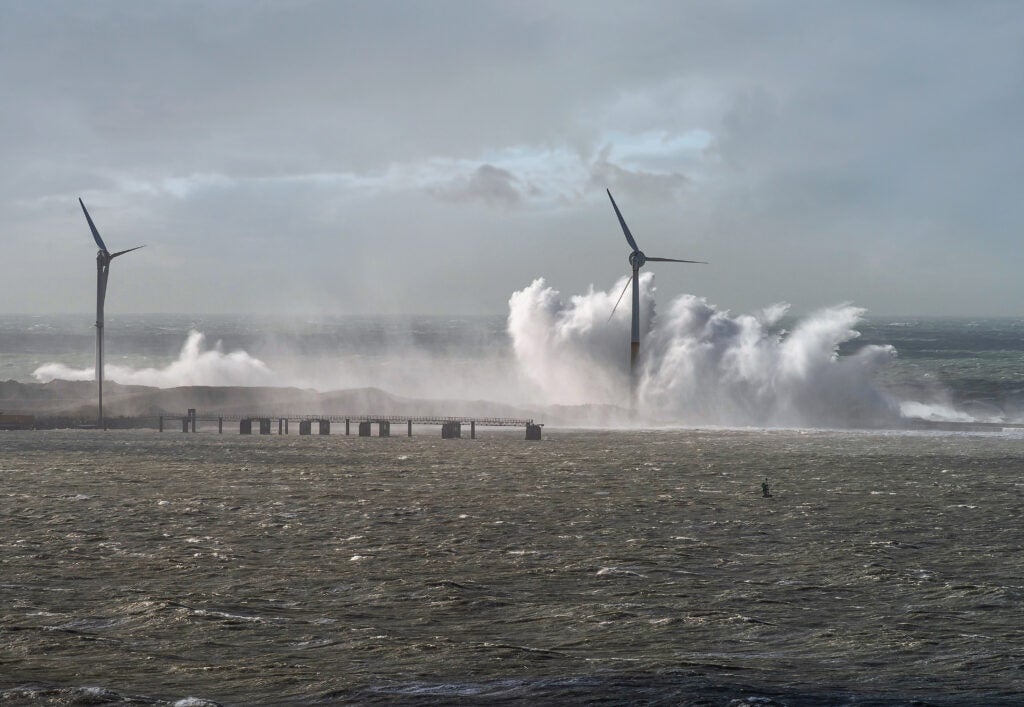This blog was authored by Andrew Howell, Senior Director of Sustainable Finance at EDF.
This is the fourth blog in a multi-part series on how insurers can support decarbonization and the energy transition.

More than any other, the property and casualty insurance industry sits on the front lines of climate risk. Global economic losses from natural disasters in 2023 are estimated at $280 billion, with insured losses at $110 billion. So far in 2025, the economics of insurance looks set for what may be an even more challenging year, as the effects of a warming planet continue to be felt.
But insurers are not only involved after climate-change-fueled disasters hit as funders of the recovery. Amidst the mounting impacts from extreme weather, the insurance sector is also emerging as a potentially important player in supporting and accelerating a transition to a lower-emissions future. In a series of blogs on insurance and the energy transition, EDF has discussed various ways in which the insurance industry can respond to the challenge of climate change. These include requiring climate-friendly rebuilding, and adapting insurance tools to accelerate technological innovation. To this can be added a third lever: using the underwriting process to accelerate customers’ energy transition.
How to bring down insured emissions Read More









